Stellar demolition derby births powerful gamma-ray burst
Sunday, 25 June 2023 11:26 While searching for the origins of a powerful gamma-ray burst (GRB), an international team of astrophysicists may have stumbled upon a new way to destroy a star.
Although most GRBs originate from exploding massive stars or neutron-star mergers, the researchers concluded that GRB 191019A instead came from the collision of stars or stellar remnants in the jam-packed environment surrounding a
While searching for the origins of a powerful gamma-ray burst (GRB), an international team of astrophysicists may have stumbled upon a new way to destroy a star.
Although most GRBs originate from exploding massive stars or neutron-star mergers, the researchers concluded that GRB 191019A instead came from the collision of stars or stellar remnants in the jam-packed environment surrounding a Senate Armed Services Committee advances 2024 NDAA
Sunday, 25 June 2023 08:37
The Senate Armed Services Committee on June 23 advanced its version of the 2024 National Defense Authorization Act (NDAA) by a vote of 24-1 after closed deliberations.
The ship sank. Or did it? Titanic misinformation swirls
Sunday, 25 June 2023 07:44 The Titanic inspired a tear-jerking blockbuster and expeditions to its watery gravesite - including a fatal one this week - but viral TikTok videos peddle a stunning conspiracy theory: the ship never sank.
More than a century after it went down in the North Atlantic Ocean, wild myths and urban legends about the luxury liner have continued to swirl, including that it was doomed by the curse
The Titanic inspired a tear-jerking blockbuster and expeditions to its watery gravesite - including a fatal one this week - but viral TikTok videos peddle a stunning conspiracy theory: the ship never sank.
More than a century after it went down in the North Atlantic Ocean, wild myths and urban legends about the luxury liner have continued to swirl, including that it was doomed by the curse SpaceX changing Starship stage separation ahead of next launch
Saturday, 24 June 2023 18:18
SpaceX is changing the approach for separating the two stages of its Starship vehicle to increase payload performance before its next test flight, Elon Musk said June 24.
First Vulcan launch further delayed for Centaur modifications
Saturday, 24 June 2023 13:19
The inaugural launch of United Launch Alliance’s Vulcan Centaur rocket faces new delays after the company said it needs to make “minor reinforcements” to part of the Centaur upper stage.
SpaceX tender offer values it at around $150bn: report
Saturday, 24 June 2023 05:29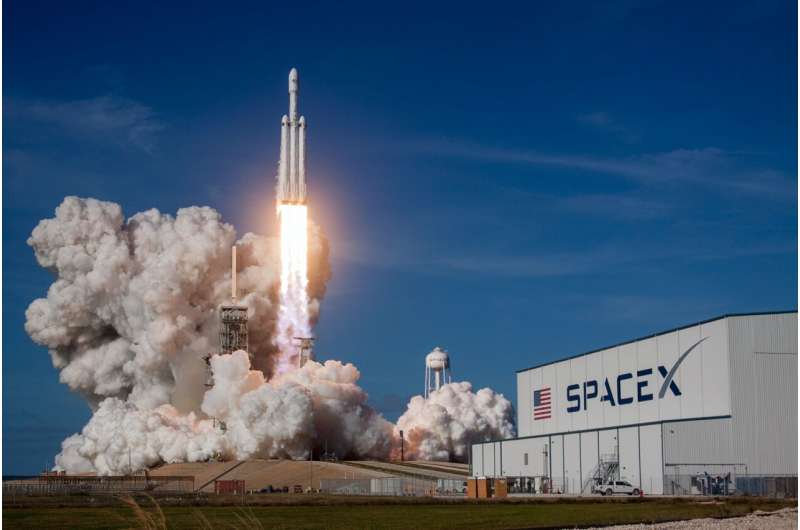
Elon Musk's company SpaceX is offering to sell insider shares at a price that lifts its valuation to around $150 billion, according to a Bloomberg News report Friday.
The company—the first private company to send astronauts into orbit, among many other firsts—is initially seeking a $750 million tender offer, the report added.
Its valuation has climbed in recent years as it raised billions to finance its work, and according to Bloomberg, SpaceX is offering shares at over $80 apiece.
A CNBC report in January noted that SpaceX was raising $750 million in a round of funding that valued it at $137 billion.
According to Bloomberg News, SpaceX has around $5 billion of cash on its balance sheet.
In April, SpaceX saw the most powerful rocket ever built—Starship—blow up on its first flight, although Musk congratulated his SpaceX team on the test of the next-generation spacecraft designed to send astronauts to the Moon, Mars and beyond.
SpaceX also successfully deployed more than 50 added satellites on Friday, boosting a collection used to beam broadband internet coverage, according to reports.
Second Orbiter transfer vehicle malfunctions
Friday, 23 June 2023 21:55
An orbital transfer vehicle that was part of a SpaceX rideshare mission malfunctioned shortly after deployment, putting into jeopardy a technology demonstration spacecraft for a satellite servicing startup.
Lynk Global on verge of initial commercial direct-to-device services
Friday, 23 June 2023 20:38
A mobile operator in the Pacific island nation of Palau is set to be the first to use Lynk Global’s direct-to-device satellites commercially to keep wireless customers connected outside terrestrial network coverage.
Space Leasing International sets sights on ground stations, satellites and launch infrastructure
Friday, 23 June 2023 19:01
Libra Group, a multinational business group, has formed Space Leasing International. SLI, in turn, revealed its presence June 20 by announcing plans to acquire 21 ground stations.
Paris Air Show 2023 – Highlights of the week
Friday, 23 June 2023 18:15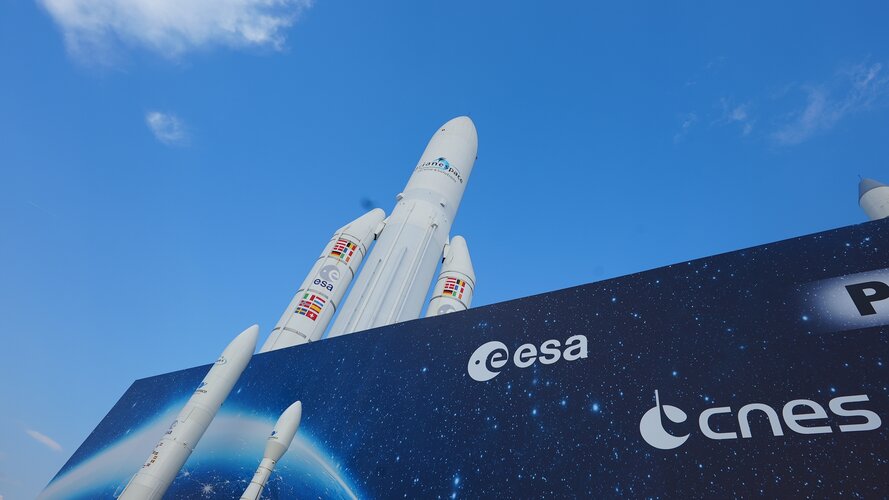 Video:
00:01:40
Video:
00:01:40
From Monday 19 to Sunday 25 June, at the ‘Space Pavilion’ of Paris Air Show 2023, ESA and CNES present ambitious new projects in space exploration, astronautics, Earth observation and security-related applications.
New date for Ariane 5 rocket's final launch after delay
Friday, 23 June 2023 14:42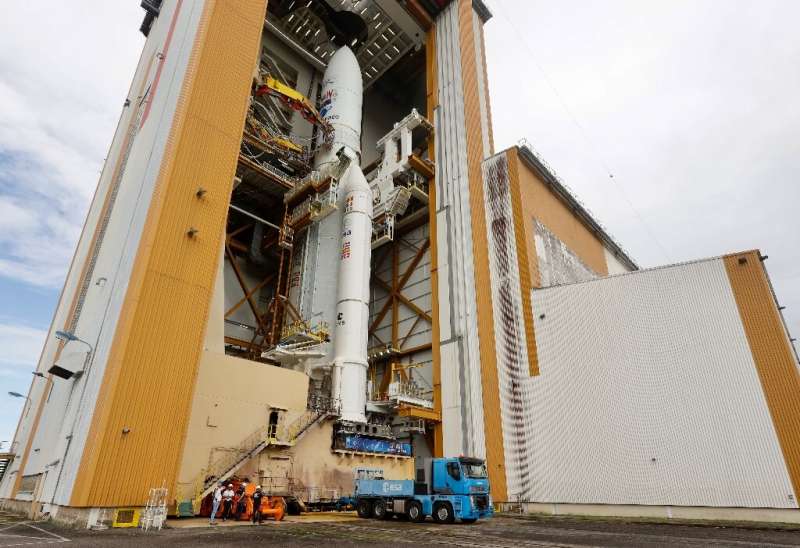
Europe's workhorse Ariane 5 rocket will blast off for the final time on July 4, its operator Arianespace said on Friday, after a previous launch was called off due to a technical problem.
After 27 years of launches, the 117th and last mission to take off on an Ariane 5 rocket was originally scheduled for June 16 from Europe's spaceport in Kourou, French Guiana, but was called off the day before.
Europe’s Astronaut Centre welcomes winners of spacesuit design competition
Friday, 23 June 2023 14:15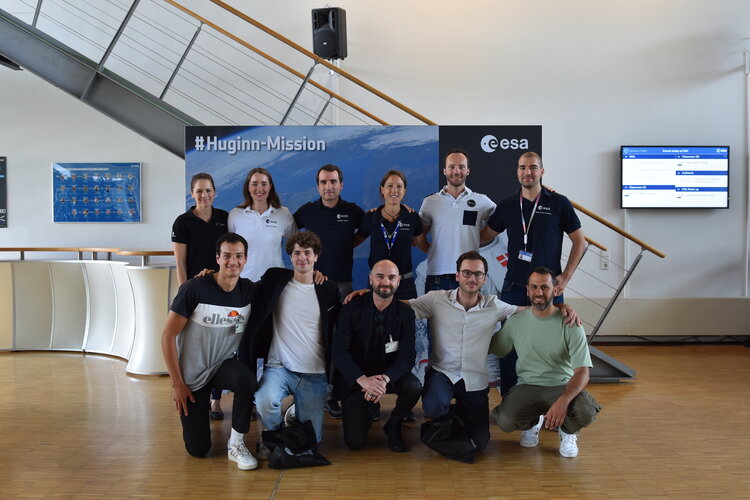
Week in images: 19-23 June 2023
Friday, 23 June 2023 12:10
Week in images: 19-23 June 2023
Discover our week through the lens
How to follow the Euclid launch live
Friday, 23 June 2023 12:03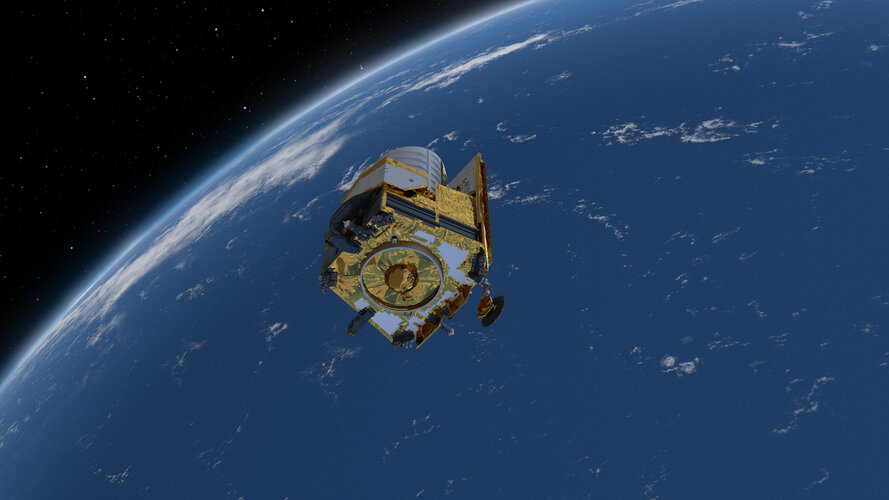
ESA will be broadcasting live as the Euclid space telescope, which will explore the dark Universe, is targeted to launch on a SpaceX Falcon 9 rocket from Cape Canaveral in Florida, USA, at 11:11 local time / 15:11 UTC / 17:11 CEST on Saturday 1 July 2023. A back-up launch date of Sunday 2 July 2023 is foreseen.
Here’s how to follow the launch online.
All times CEST. Times subject to change at short notice
SpaceX launches 47 more Starlink satellites into orbit
Friday, 23 June 2023 11:40 SpaceX confirmed it deployed 47 new Starlink satellites Thursday morning after a predawn launch from the Vandenberg Space Force Base in California.
The Falcon 9 rocket with the satellites lifted off in the darkness at 3:19 a.m. EDT with the deployment of the satellites confirmed about an hour later.
The rocket's first stage also successfully returned to Earth and stuck its landin
SpaceX confirmed it deployed 47 new Starlink satellites Thursday morning after a predawn launch from the Vandenberg Space Force Base in California.
The Falcon 9 rocket with the satellites lifted off in the darkness at 3:19 a.m. EDT with the deployment of the satellites confirmed about an hour later.
The rocket's first stage also successfully returned to Earth and stuck its landin 
